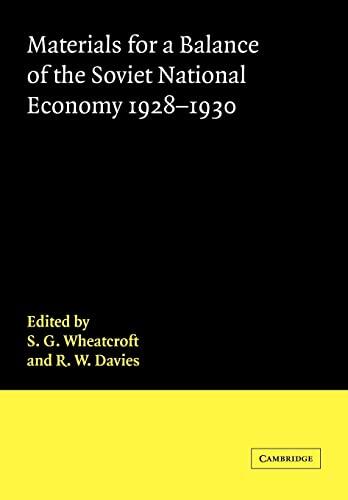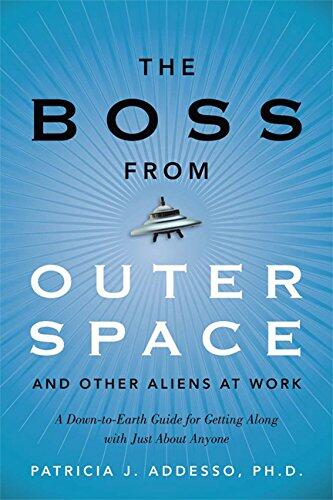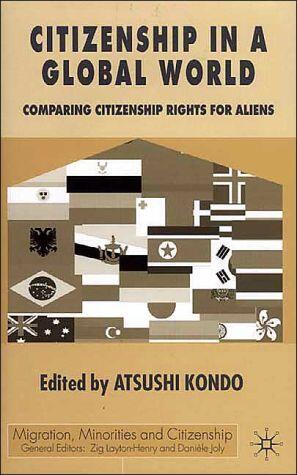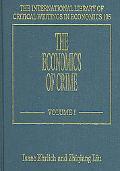
Materials for a Balance of the Soviet National Economy, 1928–1930
아직 평점이 없습니다
Romance
History
Business & Economics
형식
페이퍼백
페이지
492
언어
영어
출판됨
Oct 6, 2005
출판사
Cambridge University Press
ISBN-10
0521020166
ISBN-13
9780521020169
설명
This comprehensive volume offers a thoughtful translation of a significant yet often overlooked Soviet analysis concerning the balance of the national economy during a pivotal period from 1928 to 1930. Authored by noted historians R. W. Davies and S. G. Wheatcroft, it delves into the economic strategies and developmental policies that shaped Soviet society during the late 1920s. Through meticulous research and insight, the authors bring to light the complexities of economic planning within the Soviet framework.
The work illuminates the intersection of ideology and pragmatism in Soviet economic practices, providing context to the tumultuous changes this young state was undergoing. It unpacks the bureaucratic intricacies and ideological aspirations that informed decisions in various sectors, laying out how they correlated with the ambitious goals of the leadership at the time.
Davies and Wheatcroft's treatment of the material allows readers to grasp not only the facts and figures but also the broader implications of these economic strategies on Soviet culture and society. Their scholarly approach enriches the understanding of an era marked by rapid change, making this book an essential resource for those interested in Soviet history, economics, and the impact of government policies on everyday life.
The work illuminates the intersection of ideology and pragmatism in Soviet economic practices, providing context to the tumultuous changes this young state was undergoing. It unpacks the bureaucratic intricacies and ideological aspirations that informed decisions in various sectors, laying out how they correlated with the ambitious goals of the leadership at the time.
Davies and Wheatcroft's treatment of the material allows readers to grasp not only the facts and figures but also the broader implications of these economic strategies on Soviet culture and society. Their scholarly approach enriches the understanding of an era marked by rapid change, making this book an essential resource for those interested in Soviet history, economics, and the impact of government policies on everyday life.



















